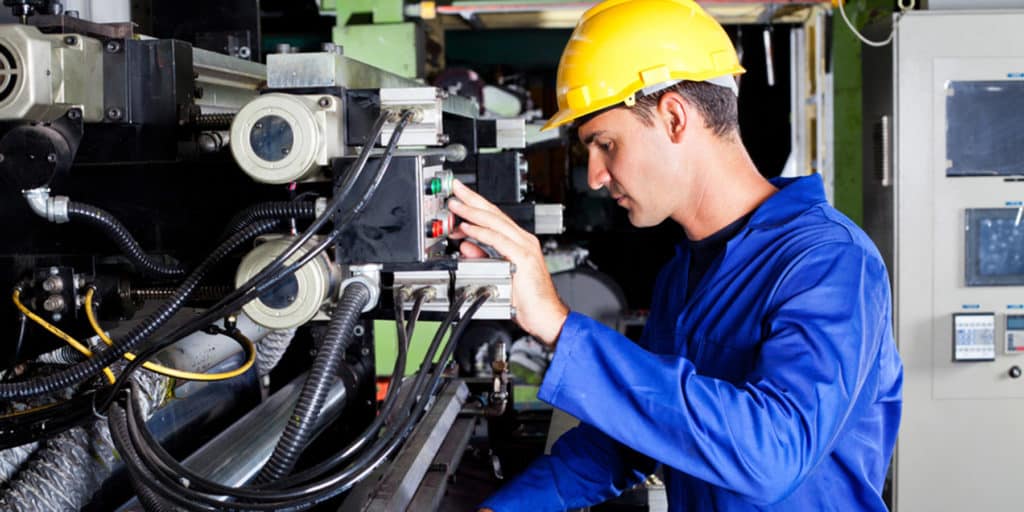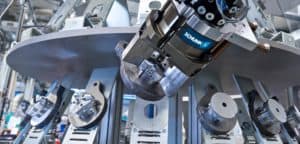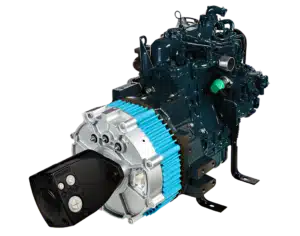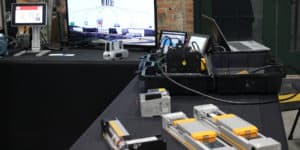Automation Glossary: Electromechanical
What Is Electromechanical?
Electromechanical refers to systems or devices that integrate electrical and mechanical components. These systems convert electrical energy into mechanical motion or mechanical energy into electrical energy. They operate by using electrical currents, magnetic fields, and physical movement. Common examples of electromechanical devices include electric motors, relays, and actuators.
What Are Electromechanics Used For?
- Industrial Robots: Electromechanics allow robots to perform diverse operations such as welding, assembly, painting, and material handling, enhancing precision and productivity in manufacturing.
- CNC Machines: CNC machines use electromechanical systems for precise tool movements, enabling accurate shaping and cutting of materials through computer numerical control.
- Assembly Lines: Electromechanical systems streamline various assembly stages, boosting efficiency and minimizing labor costs through automation.
- Material Handling Equipment: Devices like conveyor belts, cranes, and forklifts rely on electromechanical mechanisms to control and facilitate the movement of materials effectively.

Related Terms
Occupancy detection within vehicles is a technological system engineered to determine the presence and number of individuals inside a vehicle....
A tensile tester is a device designed to quantify the tensile strength of substances, representing the maximum force a material can endure before fracturing under tension....
Products and Services
Further Reading

A common trend in the industrial automation and robotics industries is looking for electric alternatives to pneumatic components. What is the benefit of switching from pneumatic to electromechanical actuators? Take a look at our top 5 benefits to see why it might be right for your operation.
February 24, 2021







